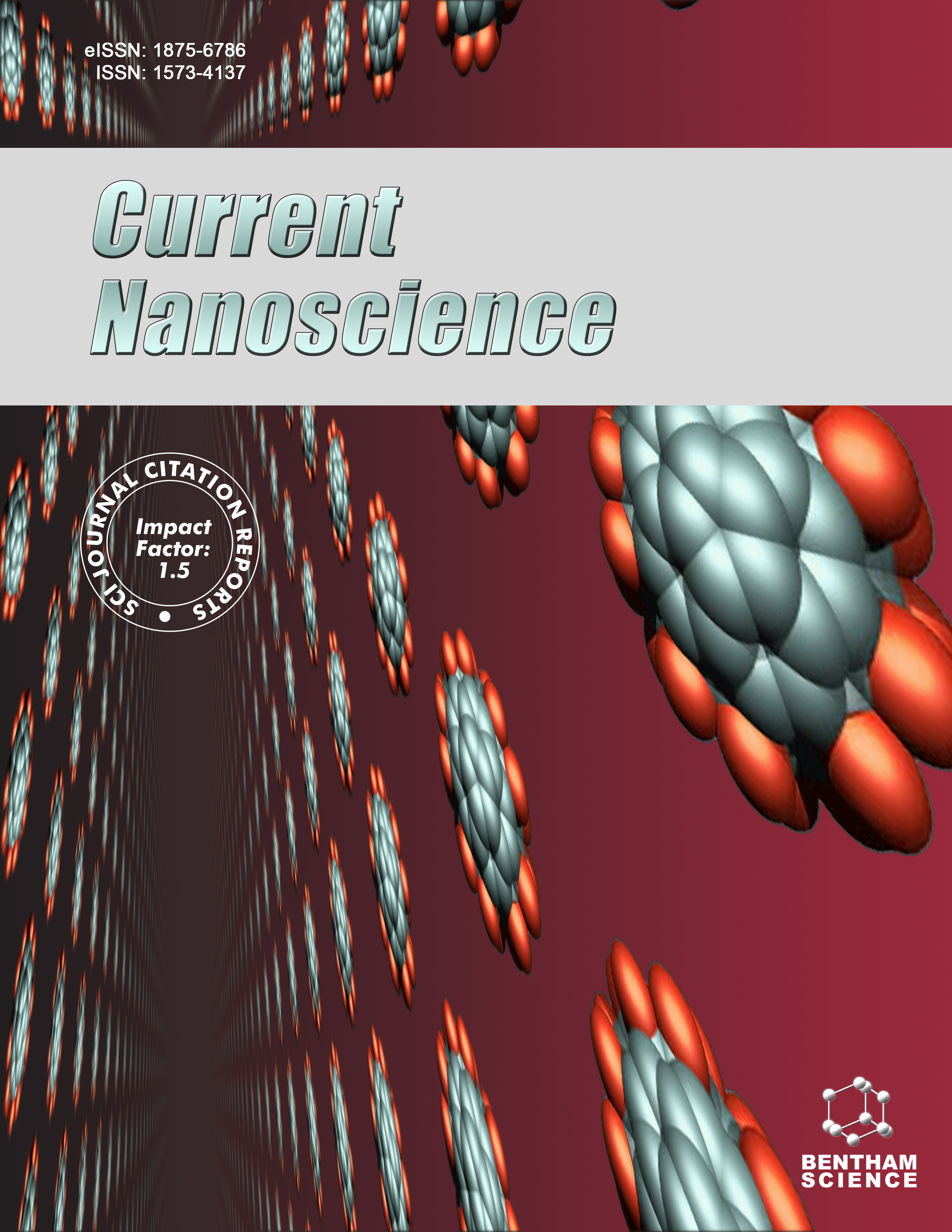
Full text loading...
We use cookies to track usage and preferences.I Understand

Foodborne diseases (FBDs) are a major global public health problem, causing millions of deaths annually and substantial economic losses. Antimicrobial treatment is increasingly challenged by bacterial resistance. Essential oils from herbs and spices, such as carvacrol from thyme and oregano, offer potential solutions due to their broad-spectrum antimicrobial properties. However, its stability and its controlled release are affected by media and environmental conditions. Nanoencapsulation presents a promising alternative to address these challenges. This review analyzes 44 original papers and 21 patents concerning the recent advancements in the nanoencapsulation of carvacrol over the past decade, focusing on natural matrices and their applications in food, packaging, and human health fields. Various encapsulation techniques and matrices have been explored, demonstrating that nanoencapsulation can maintain the stability and antimicrobial efficacy of carvacrol. Moreover, nanoencapsulated carvacrol shows promising applications in inhibiting biofilm formation and quorum sensing, as well as exhibiting anticancer and anti-inflammatory effects. Patents related to nanoencapsulated carvacrol highlight its potential for intelligent packaging and healthcare. Nanoencapsulated carvacrol is a promising alternative to synthetic antimicrobials and as an adjuvant in inflammatory disease treatments and cancer, offering enhanced efficacy and versatility in applications.

Article metrics loading...

Full text loading...
References


Data & Media loading...